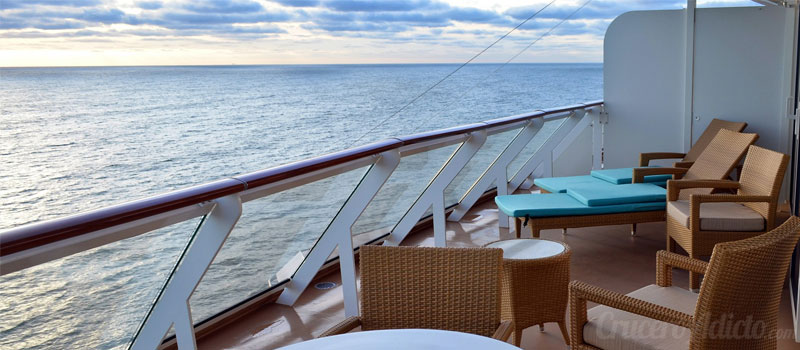The general, and best, rule of thumb to combat mal de mer is to prevent it from happening in the first place. Symptoms are hard to stop once they start. Fortunately, there are several ways to avoid seasickness or at least greatly decrease the potency of symptoms.
1. Avoid Being Ill-Prepared. Taking over-the-counter motion sickness medications, such as Bonine® and Dramamine® is a big help. Do make sure you purchase the non-drowsy or less-drowsy formulas, so you don’t accidentally fall asleep during dinner! Begin taking the medication at 1-2 days prior to sailing so the medicine is in your system before you step foot on the ship.
2. Avoid Powers of Suggestion. If you think – you are just totally convinced – you are going to get motion sickness, more than likely you will. Or if you suffer other forms of motion sickness (car, train, plane) the stress of past experiences can influence your well being onboard. Your mind is a powerful thing. Try to focus on activities on the ship, and though it might sound harsh, try to stay clear of anyone else that may become ill.
3. Avoid the Cabin. To acclimate to shipboard life and get those sea legs working, it is best to spend as much time as possible outside on deck. Use the horizon as a point to maintain your equilibrium. Your senses will be happy – visual input will agree with inner ear.
4. Avoid Key Triggers. There are a number of factors that can contribute to the not-so-great feeling of being off balance. It is a good idea to avoid fatty foods or those high in salt and sugar, avoid alcohol 24 hours prior to sailing, and poor ventilation as strong smells can overwhelm the senses and push you over the edge (metaphorically speaking of course!). Also, it is best to avoid reading. If you must, read small passages at one time and take frequent breaks to look up and find the horizon.
5. Avoid Smaller Oceangoing Vessels. Large, modern cruise ships of 70,000- to 220,000-tons are equipped with state-of-the-art stabilizers that greatly reduce the pitch and roll of the vessel. Most times passengers do not feel any movement; however, there are areas of the ship in which motion is more pronounced, especially during inclement weather. Think of the ship as a tree; when the wind blows, the leaves and branches at the top have all the movement, but the trunk of tree has little to no motion. So, a deck lower on the ship will experience significantly less motion, and they are closer to the stabilizers!
6. Avoid Choosing the Wrong Cabin Location. The lower and more centrally located your stateroom is on a cruise ship means the lower the possible threat of seasickness. A balcony stateroom is also helpful, as you can open your door and let in the fresh ocean air.
7. Avoid Multiple Days at Sea. Itineraries that offer more ports is your best bet. You want fewer days at sea and more days in port with an opportunity to get off the ship. A Transatlantic cruise or sailing with 2 or more days at sea in a row is not ideal if you are sensitive to motion. A good choice for a first time cruiser worried about seasickness is to find a 2-3 night weekend getaway. This way you have a chance to test your sea legs without the threat of being stuck in the bathroom on a longer voyage.
8. Avoid Becoming Anxious. If inclement weather becomes unavoidable, crews are typically very proactive. The captain will provide updates and the rest of the crew may pass out medicine, green apples and crackers. The best thing is to remain calm and shift your focus to other activities. Easier said than done I know, but you are on vacation after all. Enjoy your time and try to focus on all of the onboard entertainment. Hop in the pool, play some mini golf, take a dance lesson or fitness class.
By: icruise



